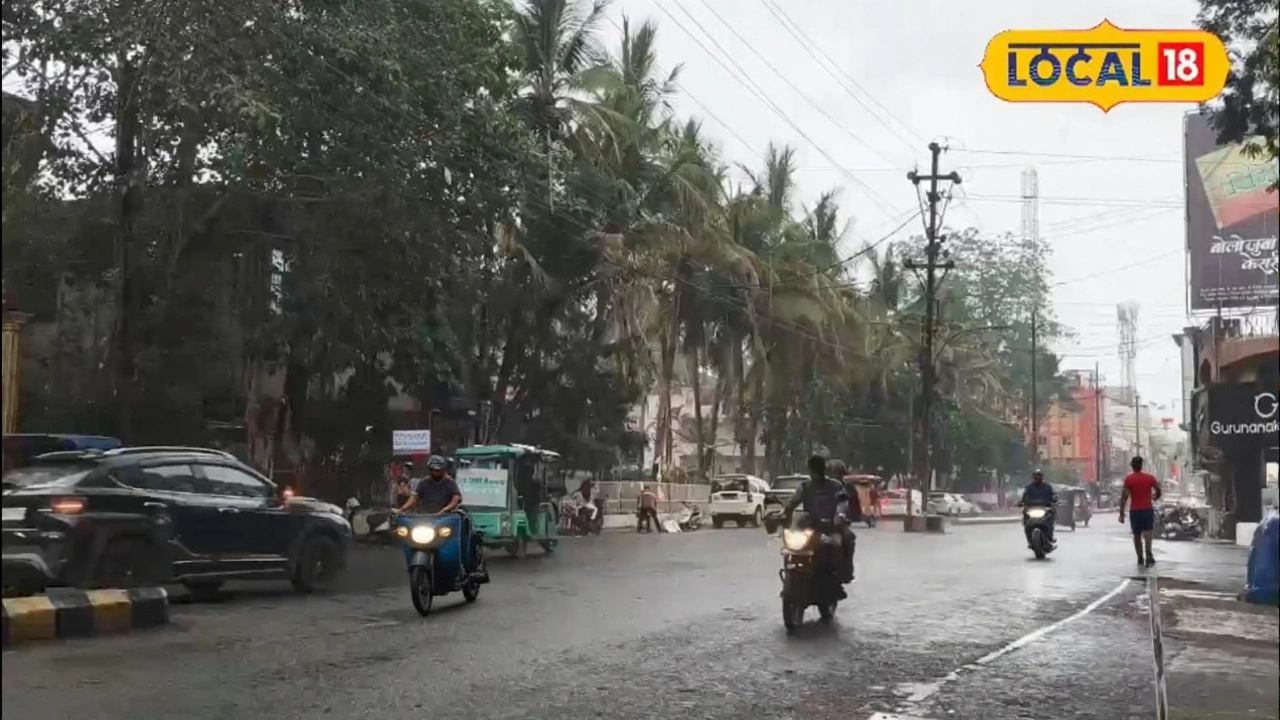Weather and Disasters – Real‑Time Updates & Safety Tips
When the sky turns hostile, you need facts fast. This page brings you the newest stories about floods, storms, heatwaves and other extreme events, plus clear advice on how to protect yourself and your community. No jargon, just the stuff that matters when the weather goes wild.
Recent Extreme Weather Events
One of the biggest headlines this month is the record‑breaking rainfall that hit Kolkata on September 24, 2025. More than a foot of water fell in just a few hours, turning streets into rivers and claiming at least 12 lives, many from electrocution. The city’s drainage system gave out, leaving neighborhoods underwater for days. Emergency crews were stretched thin, rescuing people trapped in their homes and navigating flooded roads that were normally bustling with traffic.
Similar patterns are emerging across the sub‑continent. In northern India, sudden hailstorms have ripped roofs off farms, while the south faces coastal cyclones that push seawater onto low‑lying towns. Each event shows a common thread: rapid response saves lives, but preparation makes the difference between chaos and control.
How to Prepare and Stay Safe
First, know the warning signs. Heavy rain that doesn’t stop, dark clouds that linger, and a sudden rise in river levels are clear alerts. Sign up for local SMS or app notifications – they cut through the noise and reach you instantly.
Second, create a simple emergency kit. Pack water, non‑perishable food, a flashlight, extra batteries, a basic first‑aid set, and copies of important documents. Store it in a waterproof container and keep it on the ground floor, where it’s easy to grab.
Third, plan evacuation routes before a disaster hits. Identify higher ground, community shelters, and friends or relatives you can stay with. Practice the route with your family so everyone knows the steps when time is short.When a flood warning is issued, move valuables and electronics up to higher shelves. Turn off electricity at the main switch if water is rising fast – this reduces the risk of electrocution, which was a major cause of death in Kolkata.
Finally, stay informed after the event. Roads may be blocked, power may be out, and water could be contaminated. Listen to local authorities for updates on drainage, road clearance, and safe drinking water sources. Helping neighbors, especially the elderly or disabled, can speed up community recovery.
Weather patterns are getting more extreme, and the best defense is knowledge combined with quick action. Use this page as your go‑to hub for the latest disaster news, practical safety steps, and real‑world examples like the Kolkata floods. Bookmark it, share it, and keep it handy – when the next storm rolls in, you’ll be ready.
Cyclone Montha Weakens Over Chhattisgarh, Triggering Heavy Rain and Rail Disruptions
Cyclone Montha weakened into a depression over southern Chhattisgarh on October 29, 2025, triggering heavy rainfall, landslides, and rail disruptions. Five districts are under red alert as farmers brace for crop losses ahead of November's paddy procurement.
READ MORERecord Rainfall Floods Kolkata, Leaving 12 Dead and City Paralyzed
On September 24, 2025, unprecedented rain turned Kolkata into a waterlogged nightmare, killing at least 12 people and halting transport, commerce, and daily life. Most deaths were caused by electrocution, with others drowning in rapidly rising floods. Emergency crews struggled to rescue stranded residents while the city’s drainage system collapsed. Officials warned low‑lying neighborhoods that water would recede slowly, even as the city prepared for a major upcoming festival.
READ MORE
